This amazing work of Erik Lankin creates a new triumph, which I would place high in the pantheon of significant human musical expressions.
A sound that emerges from silence
Reimagining the myth of Daedalus, The Icarus Album uses music and not words for its storytelling, a tale of how to survive and thrive once again. The listening experience explores the impossibility of turning back time, weaving real-world noises which have been sampled and electronically manipulated, with classical strings and horns, creating unique harmonic and timbral contexts. Of particular note is how the soaring, emotional string ensemble sounds in combination with electroacoustic sound design which undergirds this track, made by reversing the piano. This unique technique flips the natural decay of a piano to create a sound that emerges from silence, crescendos to its loudest point and then suddenly falls off.
“A musical reinterpretation of the Greek myth of Daedalus, who creates wax wings so he and his son can fly to freedom. In my version (Erik Lankin), it is Daedalus who falls into the ocean and Icarus who must fly onward without his father– Now forced to learn new ways to use the broken wings he has inherited.”
For The Icarus Album, Roxanne Sicard played a 1741 Carlo Antonio Testore violin on loan from the Canimex Group. Also on violin is Mattia Berrini, on viola is Pemi Paul, the cello is played by Silvia Buttiglione, while on the bass is Reuven Rothman and on the trumpet is Bertrand Margelidon. The sound designer is Devon Bate and the producer is Anit Ghosh. I am thrilled by the contemporary electroacoustic sound design and the aspirational transformative qualities of moving through grief and learning to thrive again after experiencing tragedy and close personal loss.
Icarus is, according to tradition, the son of the master craftsman Daedalus, the architect of the labyrinth of Crete and residence of the Minotaur. Ironically, King Minos finally took retribution on his mignons, who escaped imprisonment by means of artificial wings but fell because Icarus did not heed his father’s warnings. Perhaps the lad is someone who is fond of heights, has a fascination for fire while exhibiting high ambition, and a victim of his own boundless ascensionism. A maze is an architectural puzzle in which navigational choices are forced upon the participants, while a unicursal labyrinth has only a single path forward, an unambiguous route to the center and back and presents no navigational challenge. Rather it contains the Minotaur, the half-man, half-bull monster also known as Asterion.
The balance between innovation and ethical considerations ::
We begin in an elaborate, confusing structure designed and built by the legendary artificer Daedalus for King Minos of Crete at Knossos. Its function is to hold the Minotaur, the monster is eventually killed by the hero Theseus. “Labyrinth” (3:07), where Daedalus had so cunningly made the labyrinth that he and his son could barely escape it after he built it. In ancient Crete the double axe was not a weapon, and the symbol always accompanies only goddesses or women, the balance between innovation and ethical considerations. “No…and the Sky are Free” (1:40) has the sound of the double axe motif.
The wings were made from birds’ molted feathers, threads from blankets, the leather straps from their sandals, and beeswax. “Feathers and Wax” (4:53) demonstrates the power of bold design and daring execution, regardless of results.
A mythical and skillful architect and craftsman, who was also seen as a symbol of wisdom, knowledge and power, Daedalus was first mentioned in 1400 BC on the island of Crete. Daedalus is later invoked by Homer as the creator of a dancing floor for Ariadne, a symbol similar to that which the blacksmith Hephaestus placed on the Shield of Achilles. After the loss of his son, it is said that Daedalus hung up his own wings as an offering, and promised to never attempt to fly again. “Daedalus Requiem” (6:03) might recall that his most famous creations are the wooden cow for Pasiphaë (the wife of King Minos and mother of the Minotaur), the Labyrinth for King Minos of Crete, and those wings that he and his son Icarus used to attempt to escape Crete.
Deceptively safe ::
Flying too low could actually prove to be even more dangerous than flying too high, because it feels deceptively safe. “Aloft on Broken Wings” (5:27) In the original story, Icarus, told not to fly too low or the water would soak the feathers and not to fly too close to the sun or the heat would melt the wax, “The Art of Flying” (5:01) but the lad fell from the sky, plunged into the sea, and drowned.
What is the meaning behind Icarus? “Legacy” (2:44) evokes the Flight And the Fall, the story is intended to warn against hubris. Icarus was fascinated by both fire and water, narcissistic and observed with fantastical or far-fetched imaginary cognition, someone altogether too ambitious and took on too much risk, with devastating consequences. Ever “Onward” (3:37) demonstrates the drive for something better, even if it means you have to lose your family and everything you’ve ever known. Pride, unchecked, dangerous ambitions also known as hubris is and perhaps the defect most punished by the gods of Greek mythology.
This amazing work of Erik Lankin creates a new triumph, which I would place high in the pantheon of significant human musical expressions.
The Icarus Album is available on Auteur Research. [Site]






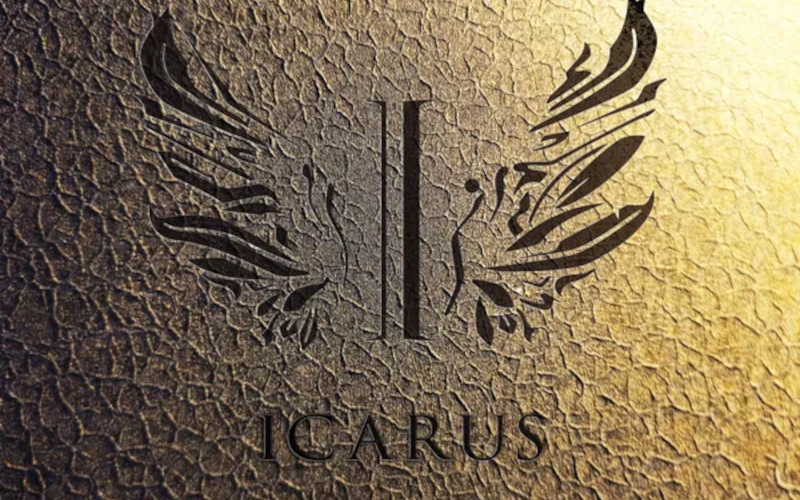
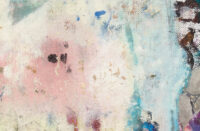
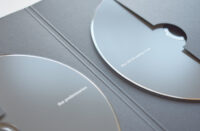
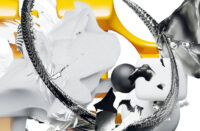
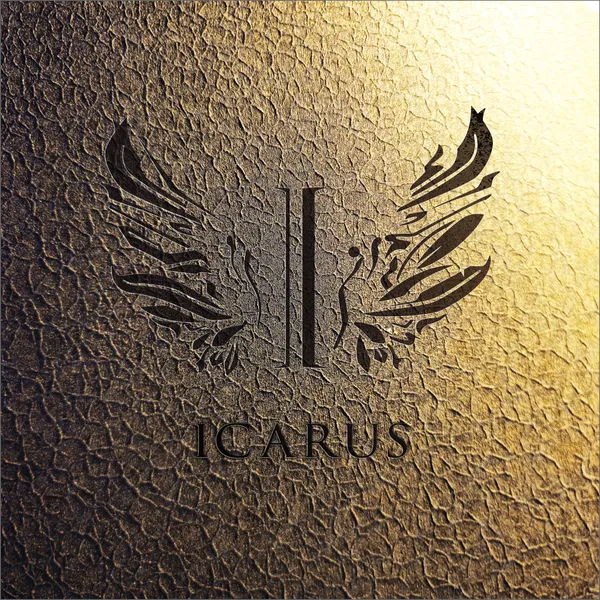

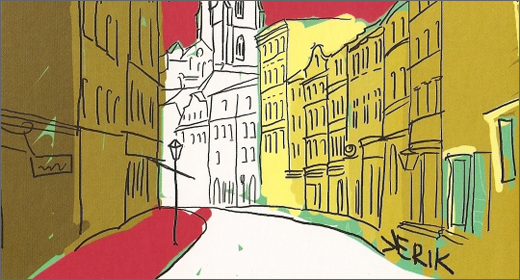

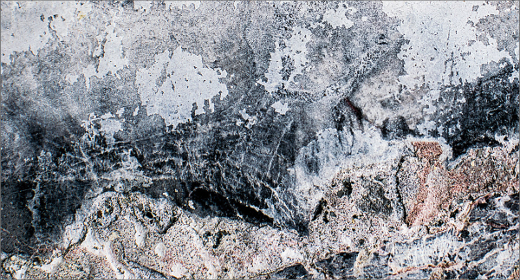
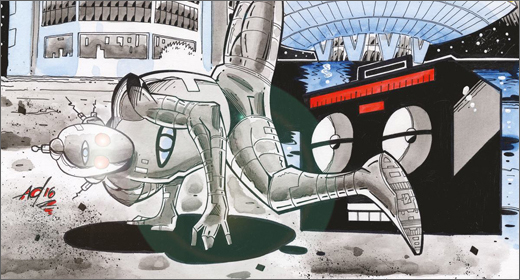



![Pole :: Tempus Remixes (Mute) — [concise]](https://igloomag.com/wp/wp-content/uploads/2025/04/pole-tempus-remixes_feat-75x75.jpg)






![Hasbeen :: Bunker Symphonies II (Clean Error) — [concise]](https://igloomag.com/wp/wp-content/uploads/2025/04/hasbeen-bunker-symphonies-ii_feat-75x75.jpg)
